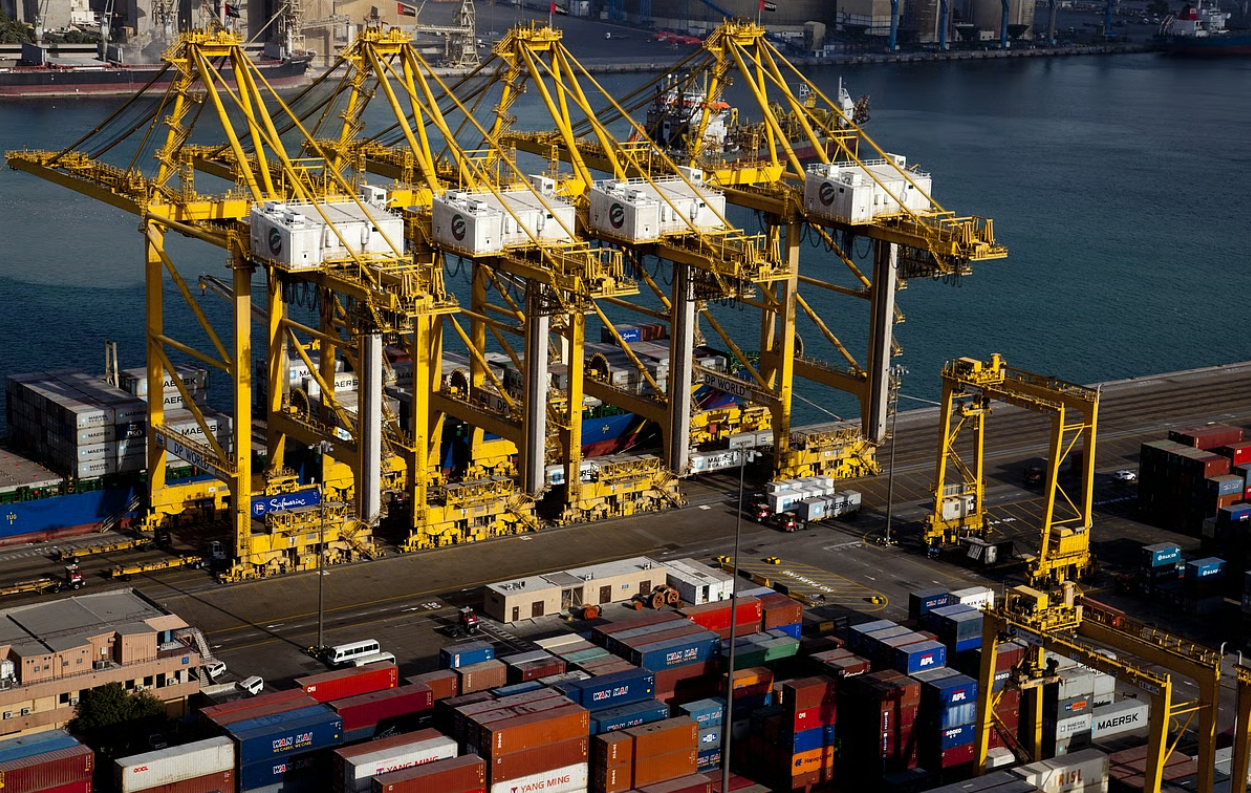For Amazon sellers in the Middle East, selecting an FBA headache service directly impacts logistics efficiency, operational costs, and compliance risks. It requires a comprehensive decision-making process centered around five core dimensions to balance needs and risks.

Customs compliance is the primary prerequisite. Middle Eastern countries have stringent customs policies, where requirements such as Saudi's SASO certification and the UAE's CTN number are indispensable. Priority should be given to logistics providers with local customs clearance qualifications and teams based in Riyadh or Dubai. Ensure they can assist with product certifications and provide Delivered Duty Paid (DDP) services to avoid the risks of inspections, fines, and cargo detention associated with "grey customs clearance."
Delivery timelines must align precisely with sales scenarios. New product testing and high-value 3C products are suitable for air freight with a 7–14 day delivery window to quickly capture market opportunities. Bulk home goods and daily necessities can opt for sea freight, taking 28–50 days to reduce costs. Before major sales promotions, buffer time should be allocated for replenishment. Additionally, confirm whether the timeline includes "last-mile delivery to the warehouse" to avoid delays where "arrival at the port does not mean entry into the warehouse."
Cost calculations must account for both visible and hidden expenses. Break down quotations to clarify whether they include all aspects such as pickup, customs declaration, and clearance. Beware of hidden fees behind low-price traps. Prioritize logistics providers affiliated with Amazon's SEND program to benefit from a 10% air freight rebate and negotiated rates, thereby reducing overall costs.
Service stability determines post-sales support. Confirm whether the logistics provider can offer end-to-end tracking, provide 24/7 response for exceptions, and support additional services such as labeling and inventory placement. This helps avoid issues like lost parcels or damaged packaging with no follow-up.
Finally, align the service with your supply chain capabilities. Products with low inventory turnover rates are not suitable for sea freight, which ties up capital. New sellers can prioritize one-stop logistics providers within the SEND program to reduce operational complexity.


